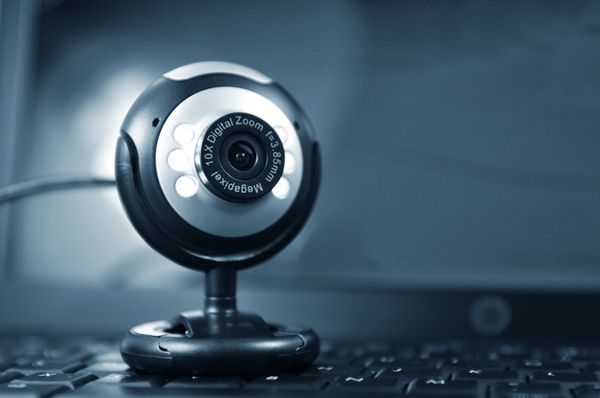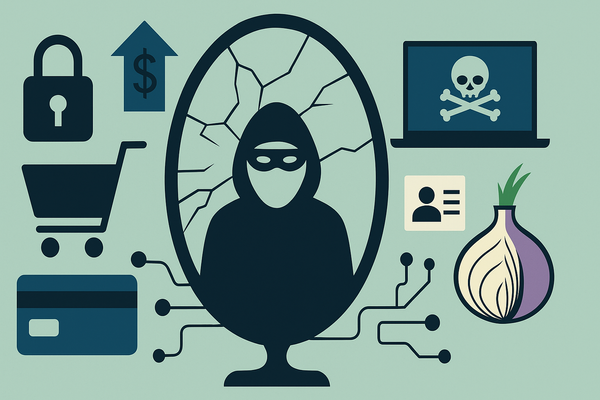3 Ways to Avoid the Dangers of Streaming Cameras in Your Home

We’ve been hearing a lot about webcam security lately and there’s good reason: you can be compromised as easily as by clicking on a malicious email link that installs code on your computer that lets someone access your camera and microphone. And once a hacker has access to your camera and microphone, the possibility of other nefarious activities, ranging from further digital exploits to direct extortion, increases substantially.
Connected cameras are in a ton of different devices these days – from computers, phones, tablets, to home security devices, baby monitors, and more. Between previous stories about a search engine to find baby monitor video feeds to the more recent revelation that both Facebook CEO, Mark Zuckerberg, and FBI Director, James Comey, put pieces of tape over their laptop webcams, it’s pretty obvious there are real risks associated with web-connected video cameras.
Obviously most of us aren’t as natural targets for hackers as the CEO of Facebook and the Director of the FBI, but it is surprisingly easy for web-connected cameras to be compromised, so here are three simple tips to help keep you safe:
1. Don’t default: Here’s a situation that may be familiar to you. You get your fancy new camera device home from the store and you plug it in, connect it to wifi, and, yay, it works! Between the excitement of wanting to use your new camera and the reluctance many of us have around tweaking tech settings, It’s tempting to just walk away at that point and consider the matter closed. However, leaving your new purchase with the default out-of-the-box settings – including passwords, device names, and more – lets hackers figure out device details that can lead to exploits. So make sure set up a new secure password, change the device name from the default, and rest a little easier that you’ll be a lot further down hackers’ lists of easy targets.
2. It’s all connected: Whether it’s having the right security on your laptop to protect your built-in camera, or making sure the router you’re connecting to for wifi for your remote monitoring device has its security settings properly configured, it’s important to remember that everything is connected. By closing off doors at the router, computer, or other intermediary levels between your device and the internet at large, you’re putting up additional roadblocks that can keep your camera from being compromised. This means keeping up with software updates and security patches on all these devices as well your camera to provide suitable protection.
3. Let’s get physical: While it’s a little more difficult to block out microphones (although you may muffle the sound, depending on where the mic is integrated into the device), if you cover the lens of a video camera with something (from a piece of tape to more elaborate and/or attractive coverings) then you’ve essentially disabled the video capabilities of that device and no remote hacker in the world can get around that.
It’s also important to remember that you’re not just protecting yourself when you take these steps, you’re protecting anyone who happens to be exposed to these devices in your home or office, so be a good digital citizen and stay safe for all of us!
tags
Author
Amber Mac is a bestselling author, blogger, keynote speaker, and TV/Radio Host. She started her career during the dot-com boom in San Francisco and has since been at the forefront of reporting.
View all postsRight now Top posts
Cybercriminals Use Fake Leonardo DiCaprio Film Torrent to Spread Agent Tesla Malware
December 11, 2025
Genshin Impact Scam Alert: The Most Common Tricks Used Against Players
December 05, 2025
How Kids Get Automatically Added Into WhatsApp Groups with Horrific Imagery Without Consent
November 24, 2025
FOLLOW US ON SOCIAL MEDIA
You might also like
Bookmarks








